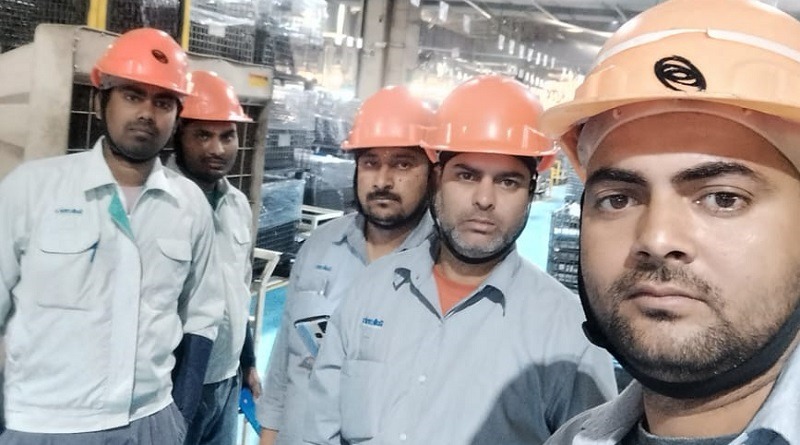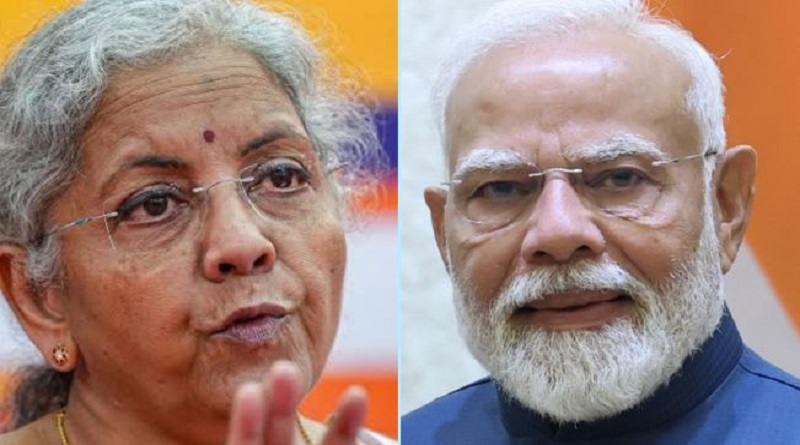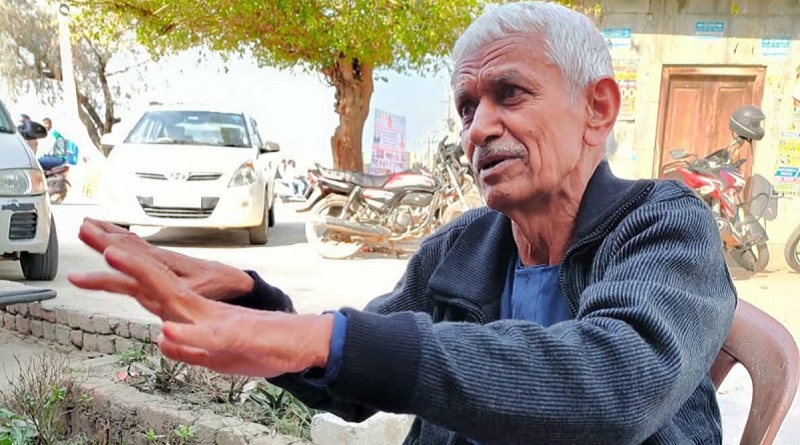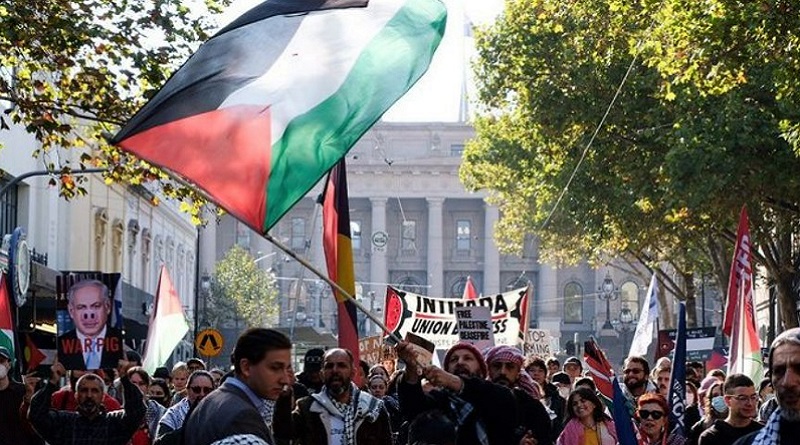Why don’t athletes and other players have their own unions?
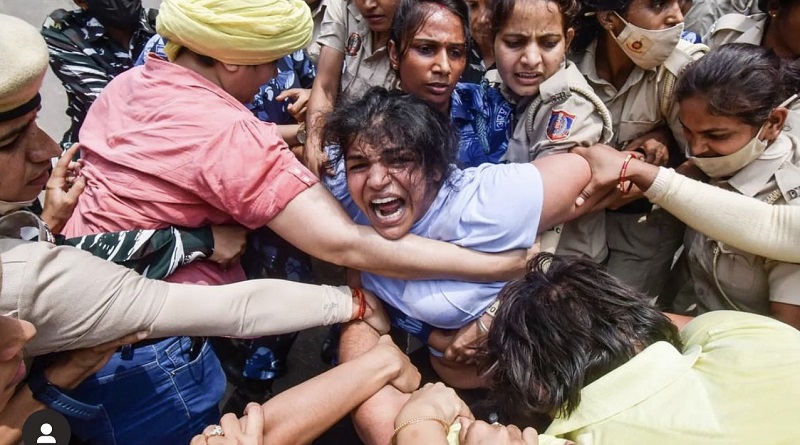
By A.S. Josie
An important part of all working class cultures are the sports and games. The sports vary with culture and region. Football, internationally, has been a working class sport, in Europe as well as in Latin America.
Factors, like cost, matter a lot. Running is the cheapest sport, and is one small part of the explanation why Kenyan and Jamaican long distance and track and field athletes are the top in the world.
In India, boxing, wrestling and kabbadi, as well as volleyball, are played more by the working classes. Hockey, athletics and archery have been areas of success for Adivasi communities, and their girls are increasingly playing football.
One way to distinguish working class sports from middle class sports is to see whether the sport is a contact sport, which involves touching, pushing, tripping up, or more actively engaging/ striking another’s body or a ball. The more direct contact with the body, the more likely it is a working class sport.
There are many, many regional variations. If one grows up by a river, canal or sea, a working-class girl may become a swimmer, or a fisherman’s son may become a surfer. Success here is entirely accidental, and contingent on many other accidents of fate.
Whichever the sport, the joy of using one’s body in competing with others or against and with nature, in showing skill and bravery, is common to all.
While playing sports, the body is not being ”used up” for wage labour and exploitation, it is not being ground into dust by heavy loads and back bending pain, it is not being killed quickly or slowly by chemicals; rather, at times, the joy of sport comes close to the exhilaration of flying like a bird or swimming like a fish.
National borders fall in importance and the skills and character of the competitors rise in importance. Appreciation and admiration flows freely and generously and friendships are born.
But, as there are no incentive structures to stay in the sport, working class athletes and sportspeople have to drop out early, to make a living and support their families, or, they get injured, and they never get to develop their skills and win recognition. This is why school admissions and job opportunities, as well as proper training and reward infrastructures, are crucial to encourage working class sportspersons.
Middle class sportspersons or those with community and infrastructural support can stay in the field longer. Rich people can pour millions into training their children in elite sports, like yachting, mountaineering, or golf.
At the professional level, since the 1990s in India, all team and individual sportspersons have become fully subordinated to capitalist profit structures, which generates billions of rupees from TV ad revenue and ticket sales, while it can be said the athletes perform like highly- paid monkeys.
The “pehelwan gudiyaan” [wrestling girls] of Haryana express all the qualities of their farmer and working-class origins – tough work, sacrifice, generous sportsmanship, reciprocal expectations.
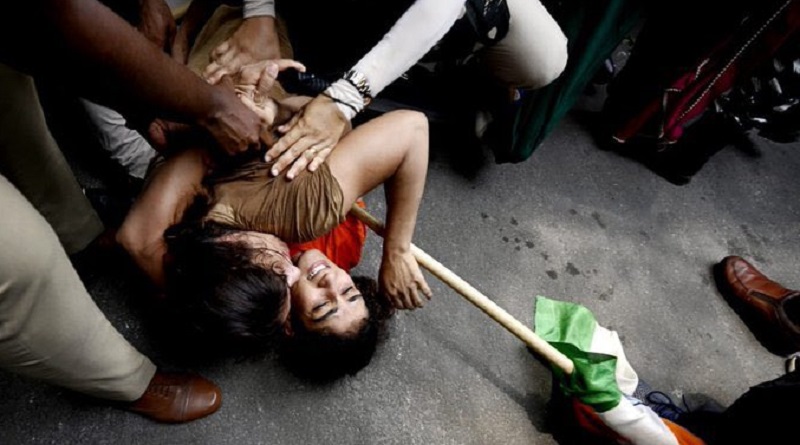
But they perhaps didn’t understand that, having entered the celebrity corporate professional world of sports of today, they are little more than prized workers, bringing home medals, to boost the egos of their “owners”, their donors, and sponsors.
They project themselves with pride as representing country and nation, much like soldiers, but it is easier for soldiers to see how they are highly subordinated in a system where their bodies are literally on the line, they are the cannon fodder, they do not sacrifice as much as they are the sacrifice.
Athletes, as workers in capitalism, have to face working conditions that are alien to their natural spirit.
A very few individual athletes can get glory, like a few singers or actors. But, for all of them, if they do not have something like labour unions or communities which can support and nourish them, they actually have no bargaining power or leverage should anything go wrong – with their bodies, with their sponsors, or with their contracts.
Nobody has commented on the fact that Brij Bhushan Singh and the WFI did not pay the athletes as per their contracts. The exploitation was at every level. Playing sports professionally is a very precarious job.
Sportspersons are also vulnerable to the inherent violence of the workplace.
The violence may be from the high physical contact – eg., the head injuries, that are medically not attended to properly, or the violence may be more traditional – the sexual exploitation of young, powerful, attractive women and also men, by those with feudal-bureaucratic power over them, and at times, by their trusted coaches.
The solidarity call should not be to “save our women” – they are neither ours to own, nor do they need “saving”. Men athletes too are severely exploited in sports, including sexually. And how can we save women and men who are far more skilled, talented and fast, than the rest of us !
What is needed is strict accountability of those with power over them. What is needed is sportspeople running their own federations, creating communities of nurturing and financial support, providing their sporting communities with stable pathways out of hardship.
Yet, from north to south India, “beti bachao” is the slogan that is being chanted at the solidarity marches.
Attention has not been given to the needs of working class sportspeople. Let that conversation begin.
Do read also:-
- Labour in ‘Amrit Kaal’ : A reality check
- Discovering the truth about Demonetisation, edited and censored, or buried deep?
- Class Character of a Hindu Rashtra- An analysis
- Gig Workers – Everywhere, from India to America, from delivery boys to University teachers
- May Day Special: Working masses of England continue to carry the spirit of May Day through the Year
- New India as ‘Employer Dreamland’
- Urgent need for reinventing Public Sector Undertakings
Subscribe to support Workers Unity – Click Here
(Workers can follow Unity’s Facebook, Twitter and YouTube. Click here to subscribe to the Telegram channel. Download the app for easy and direct reading on mobile.)
